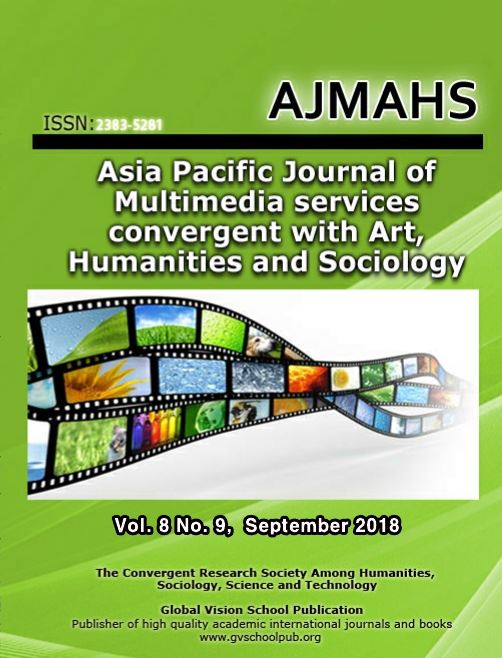국방 클라우드 컴퓨팅 서비스 사용의도에 관한 연구
A Study on the Use Intension of Cloud Computing Services in the Defense Sector
- 인문사회과학기술융합학회
- 예술인문사회융합멀티미디어논문지
- 8권 9호
-
2018.09275 - 285 (11 pages)
- 231

4차 산업혁명 시대의 흐름에 발맞춰 개인과 기업은 물론 공공기관에서 클라우드 컴퓨팅 서비스는 활발하게 도입되어 운용되고 있으며, 업무 효율성 향상과 효과성 등 많은 이점으로 계속 발전하고 있다. 국방에서도 클라우드 컴퓨팅 서비스 운용이 필요하지만 현재는 교육부대 등 일부부대에서만 제한적으로 도입되어 운용중이다. 국방 업무 특성상 클라우드 환경을 운영하기에 보안관련 제한점이 있는 것은 사실이지만 보안성에 대한 어려움을 극복해서라도 클라우드 컴퓨팅 서비스는 도입할 필요가 있다. 클라우드 컴퓨팅 서비스가 없는 환경에서 모바일 오피스 등의 스마트 업무환경으로 변화, 발전하기에는 많은 어려움이 예상된다. 기존 연구에서는 국방에 클라우드 컴퓨팅 서비스 도입에 따른 위험요소, 보안대책, 제한적인 운용 방안 등을 주로 다루었으나 국방에 전반적인 서비스로 사용하기 위한 연구는 이루어지지 않았다. 따라서 본 연구를 통해 국방에 클라우드 컴퓨팅 서비스를 사용하는 의도에 영향을 미치는 요인을 가치기반수용모델(VAM)을 적용하여 분석하고 도출된 결과를 바탕으로 국방에 클라우드 컴퓨팅 서비스를 전면 도입하여 사용할 수 있는 효과적인 방안을 마련하고자 한다.
In line with the trend of the Fourth Industrial Revolution, cloud computing services are actively introduced and operated by individuals, businesses and public institutions, and continue to evolve into many advantages, including improved work efficiency and effectiveness. The military also needs to operate cloud computing services, but it is currently operating only at a limited number of units, including the Education units. Although there are security-related limitations to running a cloud environment due to the nature of defense operations, it is necessary to introduce cloud computing services despite overcoming the challenges of security. Changing from an environment without cloud computing services to a smart work environment such as mobile offices is expected to be difficult to evolve. Previous research focused on risk factors, security measures, and limited operational measures for introducing cloud computing services to the defense, but no studies were made to use the service as an overall service to the defense. Therefore, through this study, we will apply a Value-Based Adoption Model (VAM) to analyze the factors influencing the use of cloud computing services to the defense and devise effective measures to use them in full scale based on the results obtained.
1. 서론
2. 이론적 배경
3. 연구모형
4. 실증 분석결과
5. 결론
(0)
(0)